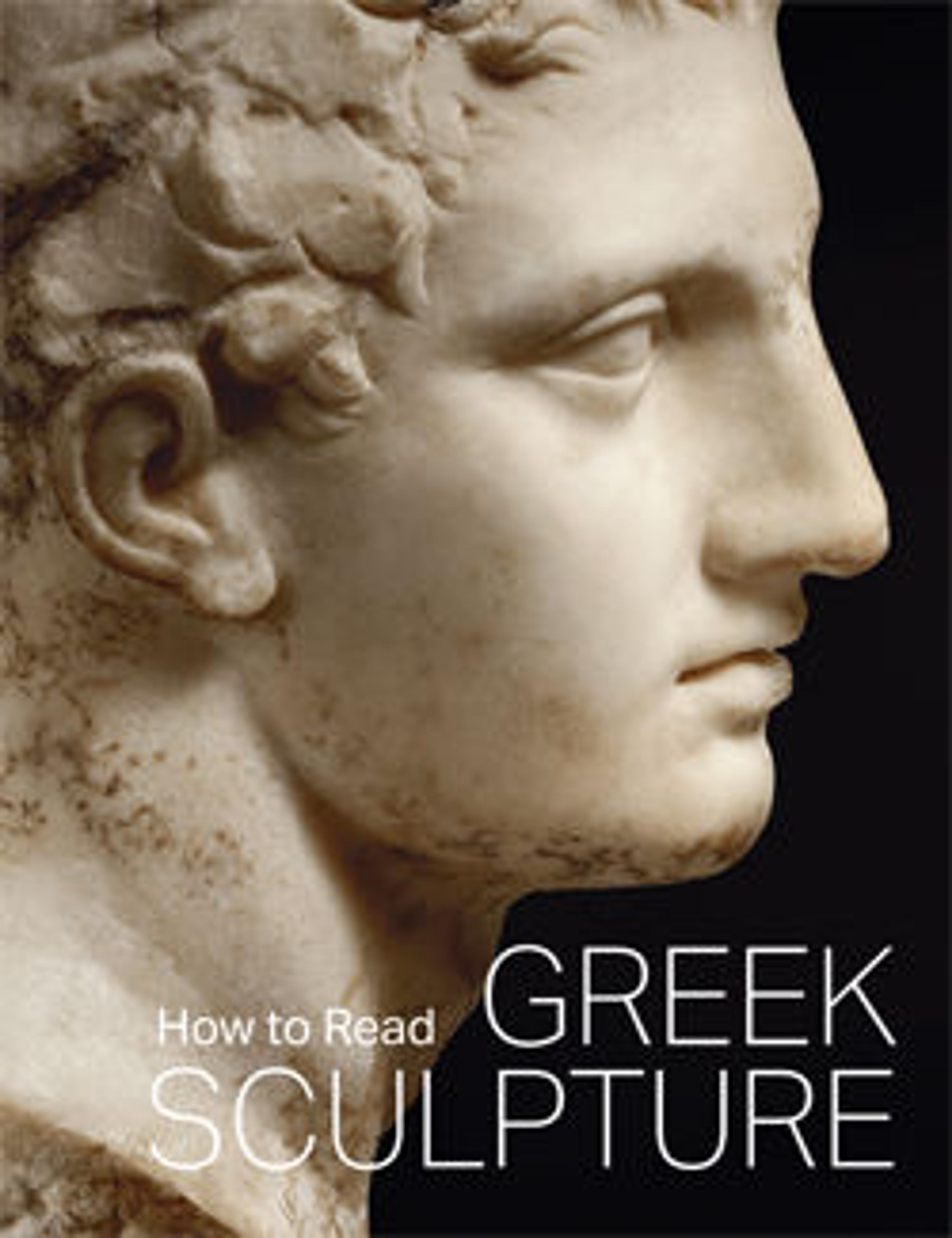Marble head of Zeus Ammon
Zeus Ammon’s sanctuary at the Oasis of Siwa in the Libyan desert was already famous when Alexander the Great made his pilgrimage there in 331 B.C. Alexander’s visit to Siwa was a pivotal moment in the young king’s extraordinary life. The details are shrouded in mystery, but legend has it that the Oracle proclaimed him son of Zeus Ammon and answered Alexander’s questions favorably, “to his heart’s desire.”
This powerful portrait of the god combines a classical Greek image of the bearded Zeus with the ram’s horns of the Egyptian Ammon, an attribute with which Alexander himself was sometimes represented. It may well reflect a sculpture created in Egypt in the years after Alexander’s historic visit to Siwa.
This powerful portrait of the god combines a classical Greek image of the bearded Zeus with the ram’s horns of the Egyptian Ammon, an attribute with which Alexander himself was sometimes represented. It may well reflect a sculpture created in Egypt in the years after Alexander’s historic visit to Siwa.
Artwork Details
- Title:Marble head of Zeus Ammon
- Period:Imperial
- Date:ca. 120–160 CE
- Culture:Roman
- Medium:Marble
- Dimensions:Height: 19 5/8 × 13 3/8 × 11 3/4 in. (49.8 × 34 × 29.8 cm)
- Classification:Stone Sculpture
- Credit Line:Purchase, Philodoroi Gifts, Acquisitions Fund, Mary and Michael Jaharis Gift, 2011 Benefit Fund, funds from various donors, Mr. and Mrs. John A. Moran, John J. Medveckis, Nicholas S. Zoullas, Mr. and Mrs. Frederick W. Beinecke, Leon Levy Foundation, Jeannette and Jonathan Rosen, Judy and Michael Steinhardt, Malcolm Hewitt Wiener Foundation and Aso O. Tavitian Gifts, 2012
- Object Number:2012.22
- Curatorial Department: Greek and Roman Art
More Artwork
Research Resources
The Met provides unparalleled resources for research and welcomes an international community of students and scholars. The Met's Open Access API is where creators and researchers can connect to the The Met collection. Open Access data and public domain images are available for unrestricted commercial and noncommercial use without permission or fee.
To request images under copyright and other restrictions, please use this Image Request form.
Feedback
We continue to research and examine historical and cultural context for objects in The Met collection. If you have comments or questions about this object record, please contact us using the form below. The Museum looks forward to receiving your comments.
